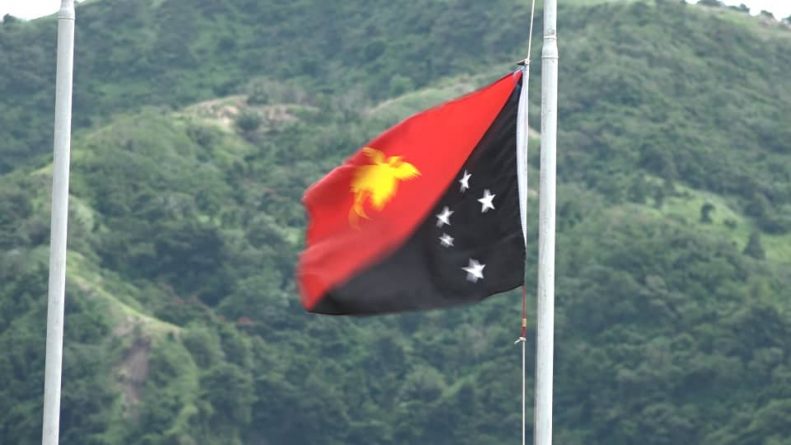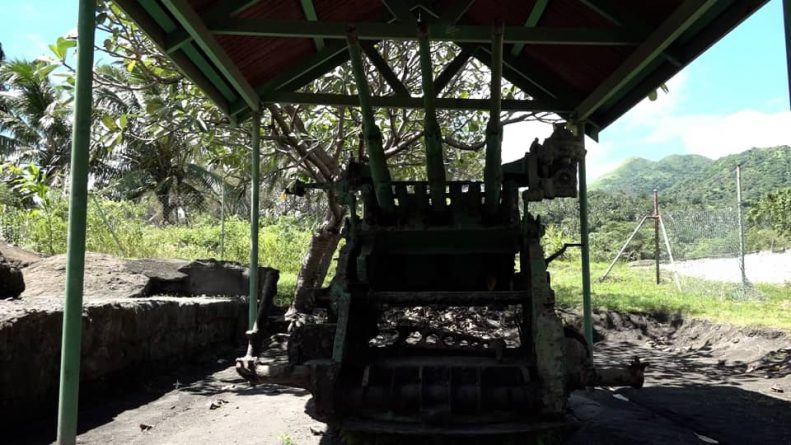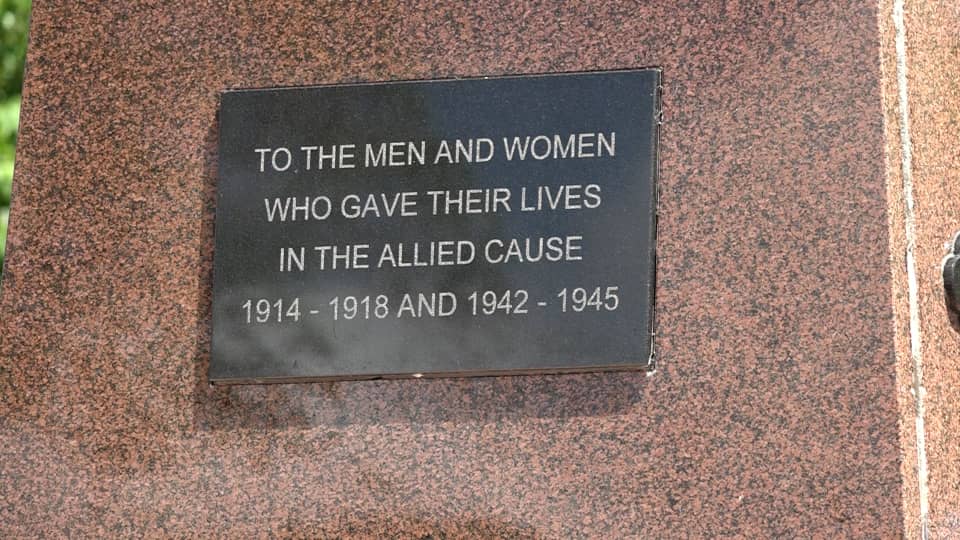By Lillian Sopera Keneqa – EMTV News, Sohe
Papua New Guinea’s July 23rd marked Remembrance Day in memory of World War 2 fallen.
In the Sohe District of Northern Province lies Awala Village where lies PNG’s largest mass-burial of an undisclosed number of high profiled trained Japanese soldiers.
That is where it all started. Tegeneta Knoll, where the first baptism of fire took place.

“The merits of European Control in Papua and New Guinea Australian Policy collapsed abruptly with the Japanese attacks that accompanied the outbreak of the Pacific war in December 1941. Before long enemy troops overran many parts of the mandated Territory of Papua and New Guinea and air attacks on Port Moresby began. Such events were beyond the control of the government officials. Those in New Guinea were captured or retreated while the Papuan Service was forced to hand over to the army. (The Australian New Guinea Administration Unit or ANGAU governed the country until the bitter campaigns against the Japanese ended in 1945.)”
This information was relayed to Former National Secretary of Veterans & Services League PNG, Paul Pukari by the National President at that time, Late Sergeant Ben Moide.

Mr. Pukari tells the story:
“There was suspension of civil administration. The Papuan Infantry Battalion (PIB) was formed under the ANGAU through the careful selection of members from the Macgregor’s Police Force which was known then as the Royal Papuan Constabulary or referred to as RPC.
The PIB members were under the command and control of the ANGAU officer mainly Australians. During those skirmishes a platoon of the PIB were on recon through the Northern District and were on the beaches of Buna Government Station on the 21st of July, 1942, when in the horizon an armada of Japanese war ships became visible and Japanese Zeroes flew in low over the beach heads of Buna and Sanananda as far as Gona. The platoon of PIB soldiers eventually retreated towards the Owen Stanley ranges.
Port Moresby never knew that a Japanese invasion was eventuating on the Northern Beaches of Buna, Sanananda and Gona.
On their retreat to the Owen Stanley ranges to reach Port Moresby, the platoon of infantry soldiers of the PIB were at Awala ,a knoll or a small hill now uncovered to be Tegeneta Knoll, lay in ambush to engage the advancing Japanese Military who were catching up fast with the help of porters and carriers they brought from East and West New Britain and Bougainville.
The 39 PIB soldiers and their 3 ANGAU officers lay in wait to cut off the Japanese advance party on the knoll overlooking a swampy patch where an undisclosed number of Japanese soldiers were killed.”
In in an interview with Nameless Warriors author, Lahui Ako, it is documented that, Sergeant Ben Moide fired the gun against the advancing Japanese soldiers on Tegeneta Knoll on the 23rd of July 1942.
Mr. Pukari added, “These actions at 3pm in the afternoon of 23rd July, 1942, which took our PNG soldiers into World War 2, which today (23rd July, 2019) we are in remembrance of them.”
The people of Awala want more people to visit this historical site and are calling on the relevant authorities, to help them develop it into a major tourism site.


